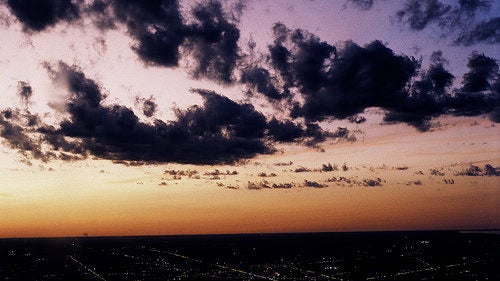Daniel Burnham, Chicago's legendary city planner and architect of the 1893 World's Fair, famously advised:
"Make no little plans; they have no magic to stir men's blood and probably themselves will not be realized. Make big plans; aim high in hope and work."
Though Chicago has realized scores of innovative, imaginative ideas in the 120 years since the World's Fair, the current generation of big plans (some already underway) are poised to leave a dramatic imprint on "The City Of Progress."
Buckle in and get ready for a look at what the Windy City could look like in 2034 -- and beyond.
1. Navy Pier
A $150 million project to revamp one Chicago's top tourist attractions has been called "an opportunity for the city to reassess what the waterfront means to an urban center and the character of its identity."
Among the planned Navy Pier projects (with architects that include one of the designers of New York City's High Line): an expanded Chicago Children's museum, small "pocket" parks and most significantly, a new East End entertainment district with bars, restaurants, theaters and meeting spaces and an entirely new East End Park.
Navy Pier from the South Arcade
Before: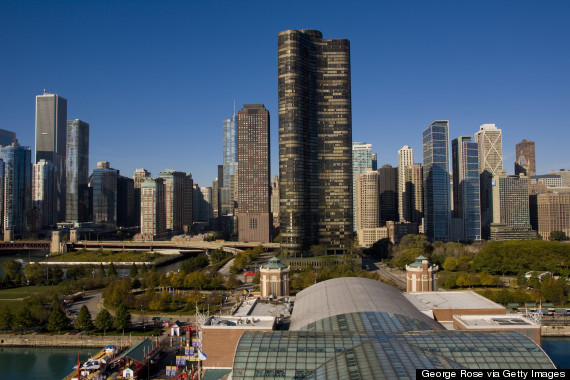
After:
Cyclists, pedestrians and skaters will also be able to use the new Navy Pier FlyOver, an active transit path meant to reduce bottlenecks and collisions between bikes and cars around Navy Pier.
The greener, more modern Navy Pier will be integrated into a network that aims to more smartly connect the city's other waterfront attractions like Grant Park and Millennium Park in a "culture mile" all the way south toward the Museum Campus.
Navy Pier from the Upper Deck
Before: 
After:
Status: Beginning phase started fall of 2013.
Funding: The Metropolitan Pier and Exposition Authority, private investments, DePaul University (arena).
2. The 606
Formerly known as The Bloomingdale Trail and re-christened as "The 606" (in a nod to the prefix of numbers shared by every Chicago ZIP code), this long-in-the-works project is expected to transform a former railway much like the High Line did in New York City.
The linear, elevated park runs along Bloomingdale Avenue from Ridgeway Avenue on the west to Ashland Avenue on the east and connects Bucktown, Wicker Park, Logan Square and Humboldt Park. The first stage of the estimated $91 million project, which includes five neighborhood parks as entryways, is slated to open in late fall of 2014.
Before: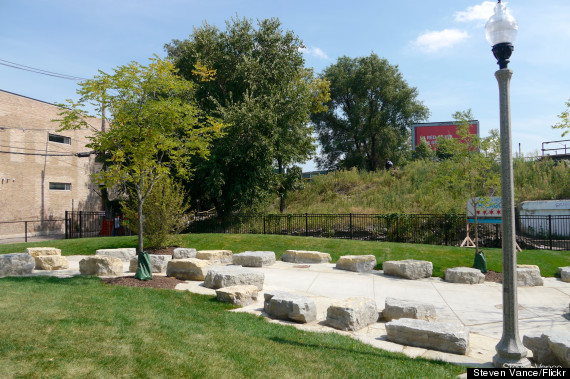
Steven Vance/Flickr
After: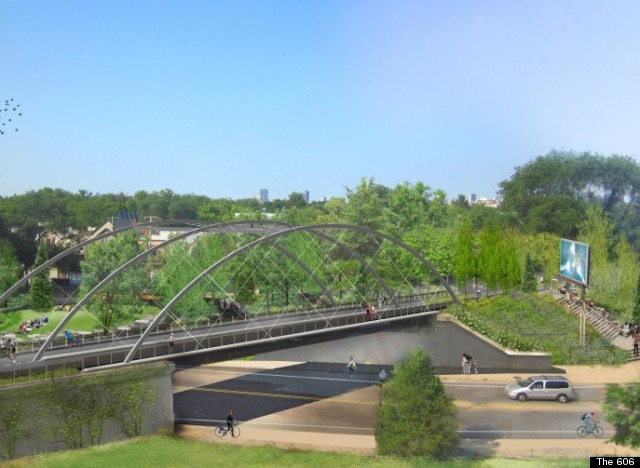
Status: In progress.
Funding: Federal transportation funds, municipal park district funds, private donations.
3. Chicago Main Post Office ("Old Main")
The nine-story, federally landmarked building stretching across Congress Parkway is set to be the center of a multi-phase, $1.5 billion project that would add more than 2,000 residential units, shops, parking and potentially several new skyscrapers (at least one of which could give the Willis Tower a run for its money).
Before: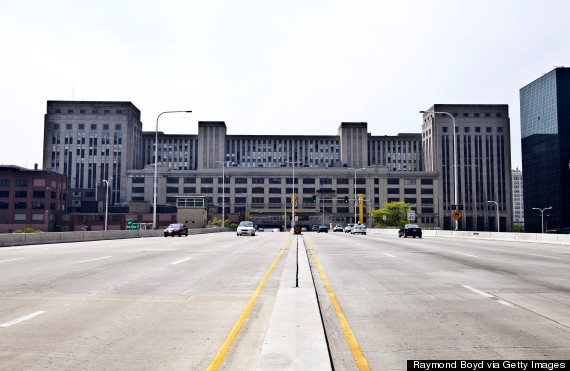
After: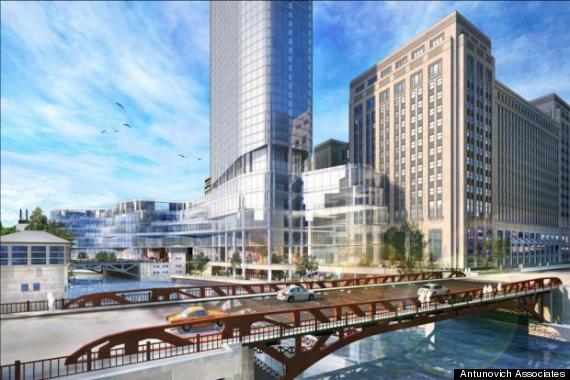
Status: Seeking investors.
Funding: Private.
4. The Chicago Riverwalk
This ambitious pet project of Mayor Rahm Emanuel along the main branch of the Chicago River will connect the Loop to the lake via a continuous walkway peppered with proposed amenities like cafes, a fishing pier, floating gardens and a swimming hole. The mayor also wants to add lots of lights in a tourism-boosting endeavor that has been called Emanuel's effort to turn the Riverwalk into "the next Times Square" or "Hong Kong lite."
Before:
After: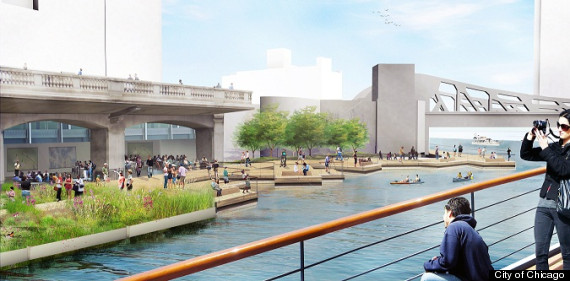
Status: Not yet started; anticipated groundbreaking in 2014.
Funding: Federal transportation loan.
5. The Chicago Spire
For more than five years, the $1 billion Chicago Spire has been nothing more than a hole in the ground. After plans for the ambitious supertall skyscraper were abandoned following financing problems, the Irish developer behind the project has reportedly landed funding and wants to re-start the effort.
The planned height of 2,000 feet (150 floors) would make the Santiago Calatrava-designed spire the third-tallest building in the world behind Dubai's Burj Khalifa and the newly-built Shanghai Tower in Shanghai. The spire would also help Chicago reclaim the title of tallest building in America, which it recently (and somewhat controversially) ceded to New York City's One World Trade Center.
Before: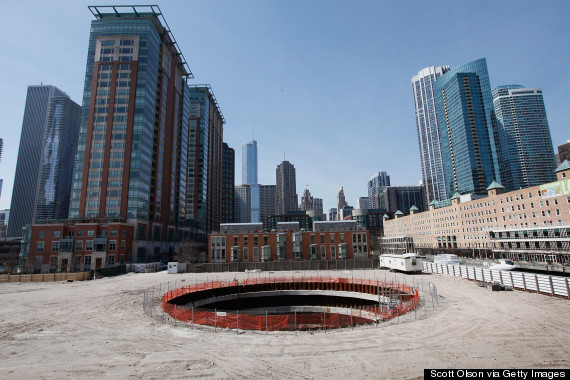
After: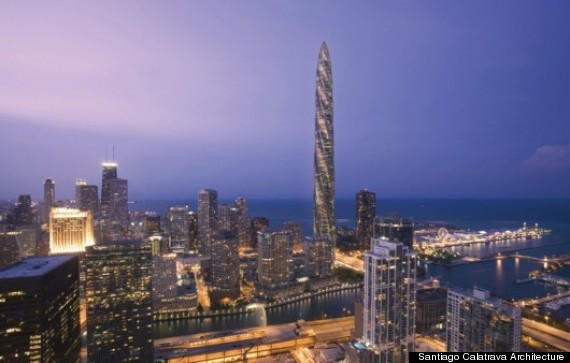
Status: Re-financing pending.
Funding: Private.
6. McCormick Place Expansion
McCormick Place is already North America's largest exhibition and meeting facility, but a massive project (planned in conjunction with the Navy Pier overhaul) is set to add a 10,000-seat events center, a boutique hotel, a 1,200-room Marriott hotel, a new CTA station on the Green Line at Cermak and a new basketball arena for DePaul University.
Before: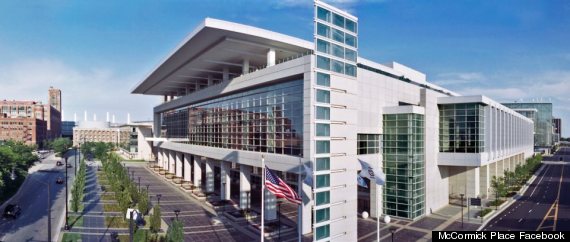
After: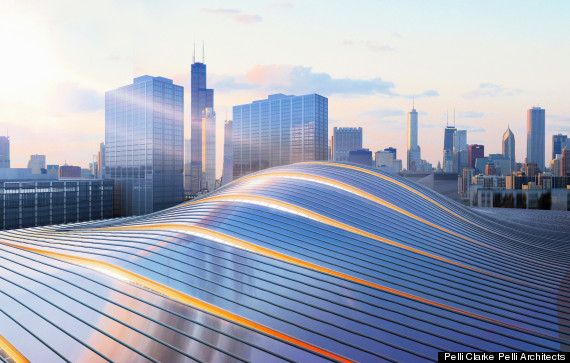
Status: CTA Green Line station project already in-progress.
Funding:Metropolitan Pier and Exposition Authority, DePaul University and TIF dollars (for the corporate hotel). The city is also seeking private developers.
7. Lake Shore Drive
The north portion of Lake Shore Drive from Grand Avenue to Hollywood Avenue will see a massive rebuild that many active transit supporters hope will restore the drive (and the nearby Lake Front Trail) to its original boulevard-like state. In addition to better lighting and resurfacing, proposals including straightening the Oak Street S-curve, building more pathways from the city side to the lakeside, landscaping current vegetation and concrete and -- most controversially -- consolidating some North Lake Shore Drive interchanges like those near Montrose, Wilson and Lawrence.
Before: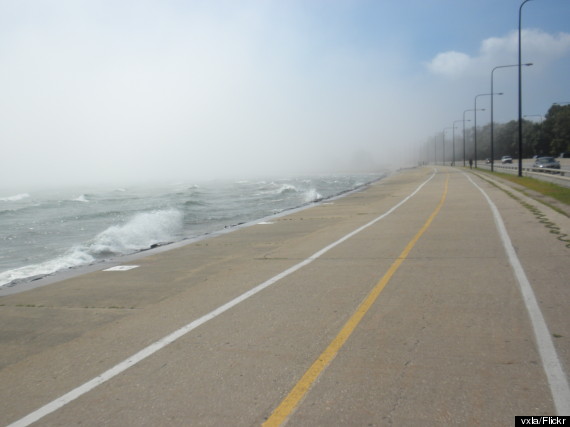
vxla/Flickr
After: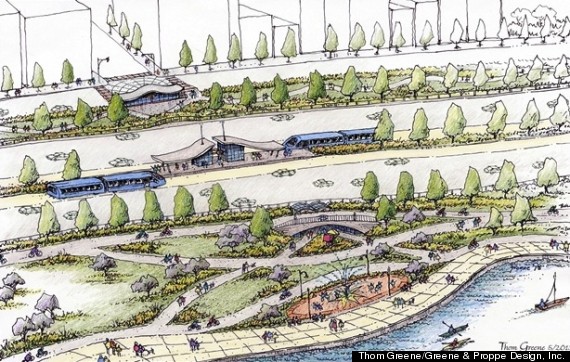
Status: Still in design phase, but could begin as early as 2018 or 2019, depending on funding.
Funding: State and local transportation funds.
8. Englewood Farms
The sprawling South Side neighborhood has struggled with years of high crime, low investment and massive population decline, but a new initiative could change the fate of Englewood and make it one of the largest agribusiness hubs in the nation. The plan calls for developing 13 square miles of area property. At its core would be an agriculturally focused two-mile development of abandoned rail line called the New ERA (Englewood Re-making America) Trail. The above-ground rail line would be a corridor for green businesses, decorated with public art and friendly to active transit like biking and walking.
Before: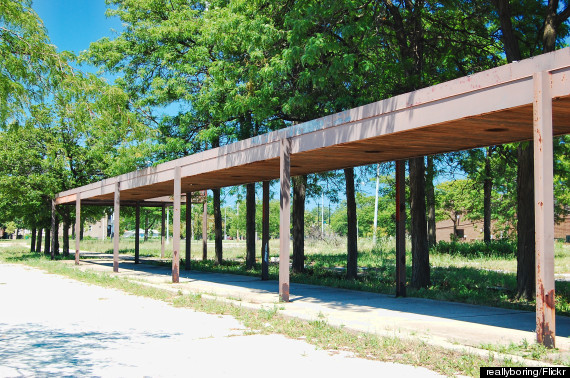
Eric Allix Rogers/Flickr
After: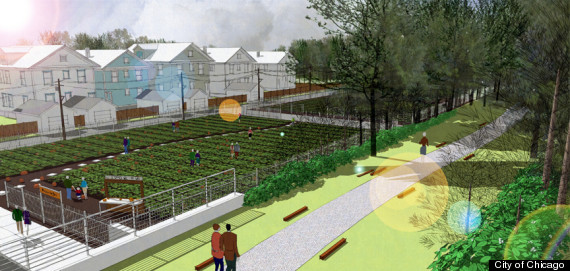
Status: "Forthcoming," according to Peter Strazzabosco, Chicago's deputy commissioner of Department of Housing and Economic Development.
Funding: Public and private investment.
9. Bronzeville's Motor Row
With Bronzeville the heart of Chicago's black history, an ambitious effort to re-develop motor row into a more pedestrian-friendly entertainment district had Mayor Rahm Emanuel talking of marketing the neighborhood as the "New Harlem." The DePaul basketball arena from the larger McCormick Place expansion plan, which has drawn the ire of some Bronzeville neighbors, is maybe the quietest of the proposed options: Other ideas include a new concert venue and a '30s and '40s gangster-themed hotel.
Before: 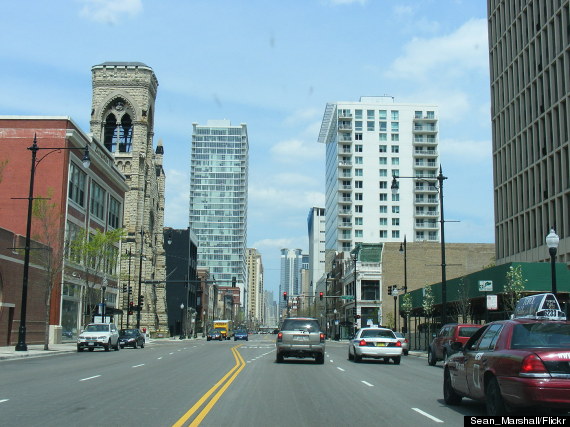
Sean_Marshall/Flickr
After:

